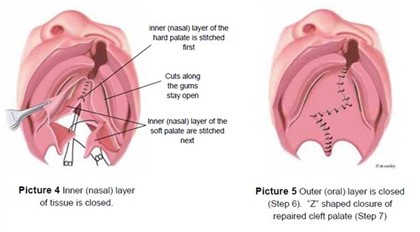A nurse is reinforcing teaching about home care with the parents of a child who has a seizure disorder.
Which of the following instructions should the nurse include?
Call EMS if a seizure lasts 5 min or more.
Restrain the child at the onset of the seizure.
Offer the child a bubble bath every evening.
Place the child in a prone position during the seizure.
The Correct Answer is A
The correct answer is a. Call EMS if a seizure lasts 5 minutes or more.
Explanation:
When providing home care instructions for a child with a seizure disorder, it is important to educate the parents about appropriate actions during a seizure. Calling emergency medical services (EMS) if a seizure lasts 5 minutes or more is crucial because it may indicate a condition called status epilepticus, which is a prolonged seizure or a series of seizures without full recovery of consciousness between them. Status epilepticus is a medical emergency that requires immediate medical intervention.
Option b, restraining the child at the onset of a seizure, is not recommended. Restraint can potentially cause harm to the child and increase the risk of injury. It is advised to create a safe environment by removing any nearby objects that could cause injury and placing a pillow or cushion under the child's head to prevent head injury.
Option c, offering the child a bubble bath every evening, is not specifically related to seizure management. Bathing routines can be continued as long as they are safe and supervised. However, it is important to ensure the child's safety during bathing, such as providing adequate supervision to prevent drowning or injury.
Option d, placing the child in a prone position during a seizure, is not recommended. Placing the child in a prone position (face down) during a seizure can obstruct the airway and increase the risk of respiratory complications. The child should be placed on their side, in a recovery position, to facilitate drainage of saliva or other fluids and prevent choking.
Overall, the most important instruction for the parents is to recognize the signs of prolonged seizure activity and to seek immediate medical assistance by calling EMS if a seizure lasts 5 minutes or more.
Nursing Test Bank
Naxlex Comprehensive Predictor Exams
Related Questions
Correct Answer is B
Explanation
The nurse should include maintaining elbow restraints on the infant in the plan of care following cleft palate repair. This helps to prevent the infant from touching their surgical site and disrupting the healing process.
a) Allowing the infant to have soft foods may be appropriate, but it is not the highest priority. The infant's diet should be determined by the provider and based on the infant's individual needs.
c) Instructing the parents to feed the infant with a spoon may be appropriate, but it is not the highest priority. The infant's feeding method should be determined by the provider and based on the infant's individual needs.
d) Telling the parents to avoid brushing the infant's teeth for two weeks may be appropriate, but it is not the highest priority. The infant's oral care should be determined by the provider and based on the infant's individual needs.

Correct Answer is ["A","B","E"]
Explanation
Compartment syndrome is a condition characterized by increased pressure within a closed anatomical space, such as a compartment in the leg. This increased pressure can compromise blood flow and nerve function. When assessing a client with a long-leg cast who reports severe pain, the nurse should be vigilant for signs and symptoms of compartment syndrome.
Option a is a correct answer because pallor (paleness) in the exposed portion of the left foot may indicate compromised blood flow due to increased pressure within the compartment.
Option b is a correct answer because the inability to move the left foot suggests impaired nerve function,
which can be a sign of compartment syndrome.
Option c is not a correct answer. Increased warmth is not typically associated with compartment syndrome; instead, it may suggest inflammation or infection.
Option d is not a correct answer. Ecchymosis (bruising) is not typically associated with compartment syndrome, as it is more commonly observed in cases of injury or trauma.
Option e is a correct answer because paresthesia (abnormal sensations like tingling or numbness) in the left foot can indicate nerve compression and is a potential symptom of compartment syndrome.
By identifying the presence of pallor, inability to move the foot, and paresthesia, the nurse can recognize indications of compartment syndrome and take appropriate actions to address the condition promptly.
Whether you are a student looking to ace your exams or a practicing nurse seeking to enhance your expertise , our nursing education contents will empower you with the confidence and competence to make a difference in the lives of patients and become a respected leader in the healthcare field.
Visit Naxlex, invest in your future and unlock endless possibilities with our unparalleled nursing education contents today
Report Wrong Answer on the Current Question
Do you disagree with the answer? If yes, what is your expected answer? Explain.
Kindly be descriptive with the issue you are facing.
